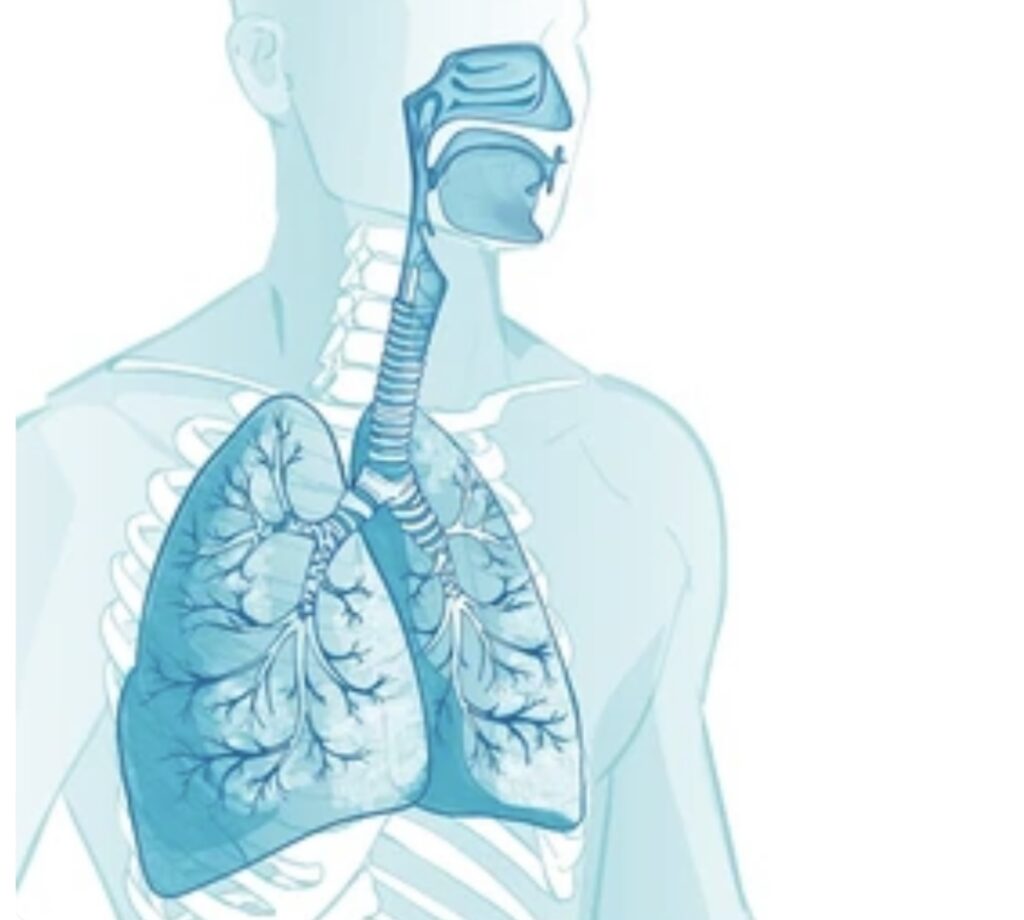Introduction
The comparative anatomy of vertebrate respiratory systems showcase a stunning variety of adaptations, each suited to their specific environments and needs. From the gills of fish to the lungs of mammals and the specialized air sacs of birds, these structures have evolved to maximize oxygen uptake and carbon dioxide removal. In this comprehensive analysis, we explore the intricate world of vertebrate respiratory systems, highlighting their diverse structures, functions, and evolutionary adaptations.
Fish respiratory system

Fish, as the earliest vertebrates, possess respiratory systems tailored for life in water. Gills, the primary respiratory organs, facilitate gas exchange, extracting oxygen from water. They achieve this through the use of thin, highly vascularized structures, optimizing the diffusion of oxygen into the bloodstream. In some species, such as cartilaginous fish, spiracles or specialized structures enhance water circulation over the gills, ensuring efficient respiration even at rest.
Amphibians respiratory system

Amphibians display a dual life, transitioning from aquatic larvae to terrestrial adults. Their respiratory systems undergo a significant metamorphosis. As aquatic larvae, they respire through gills, while adults employ a combination of lungs and skin for breathing. The skin acts as an additional respiratory surface, enabling gas exchange when submerged in water or moist environments. Lungs, though less developed than those of mammals, facilitate respiration when on land.
Reptiles respiratory system
The respiratory systems of reptiles vary across different species and habitats. Most reptiles utilize lungs for respiration. In some, lung anatomy is relatively simple, while in others, such as crocodiles, the lungs are more elaborate with chambers and air sacs, allowing efficient respiration during periods of prolonged submersion. Additionally, some reptiles, like certain snakes, possess elongated tracheal structures enabling effective breathing while swallowing large prey.
Birds respiratory system

Birds possess a highly efficient respiratory system that facilitates their demanding lifestyles, particularly flying. They have a system of air sacs connected to the lungs, enabling a unidirectional flow of air, allowing for efficient oxygen extraction. This unique system ensures a constant supply of oxygen during both inhalation and exhalation, optimizing gas exchange. Their lungs are small but highly efficient, extracting a greater proportion of oxygen from the air compared to mammals.
Mammals respiratory system

Mammals, including humans, have evolved sophisticated lungs for terrestrial respiration. The respiratory system is based on alveoli, small air sacs where gas exchange occurs. Alveoli are surrounded by an intricate network of capillaries, maximizing the surface area for efficient oxygen uptake and carbon dioxide release. Mammals breathe using a tidal system, where air is drawn in and out of the lungs through the inhalation and exhalation process.
Comparative Analysis
The diversity of vertebrate respiratory systems reflects the evolutionary history and environmental adaptations of each group. The variations in structures and functions reflect the balance between the requirements of efficient gas exchange and the demands of different environments.
Environmental Pressures and Evolution
Environmental pressures have strongly influenced the evolution of respiratory systems in vertebrates. Adapting to specific habitats, such as water, air, or a combination of both, has resulted in distinct respiratory adaptations across various groups.
The Role of Evolution in Respiratory Adaptations
The evolutionary diversity in vertebrate respiratory systems offers profound insights into the relationship between anatomy and the ecological niches these animals occupy. Each structure and mechanism reflects the trade-offs between energy expenditure and the acquisition of oxygen required for survival.
Respiratory Adaptations and Environmental Pressures
Respiratory adaptations in vertebrates are closely tied to environmental pressures. Aquatic species have evolved specialized gills for extracting oxygen from water, while terrestrial organisms have developed lungs optimized for extracting oxygen from air. Transitional species, like amphibians, demonstrate adaptive solutions for both terrestrial and aquatic respiration, balancing the demands of both habitats.
Future Applications: Insights for Science and Technology
Studying the varied respiratory systems of vertebrates offers valuable insights for science and technology. Understanding the mechanisms of gas exchange and the efficiency of different respiratory structures provides inspiration for the development of better ventilation systems, medical treatments for respiratory ailments, and even advances in the design of artificial respiratory aids.
Conclusion
The comparative anatomy of vertebrate respiratory systems showcases the ingenuity of evolution in adapting to diverse environments and lifestyles. From the gills of fish to the intricate alveoli of mammals, each structure reflects the harmony between species and their surroundings. Understanding these respiratory adaptations not only sheds light on the evolutionary history of vertebrates but also offers inspiration for innovations in medicine, engineering, and beyond.
Discover more from ZOOLOGYTALKS
Subscribe to get the latest posts sent to your email.


